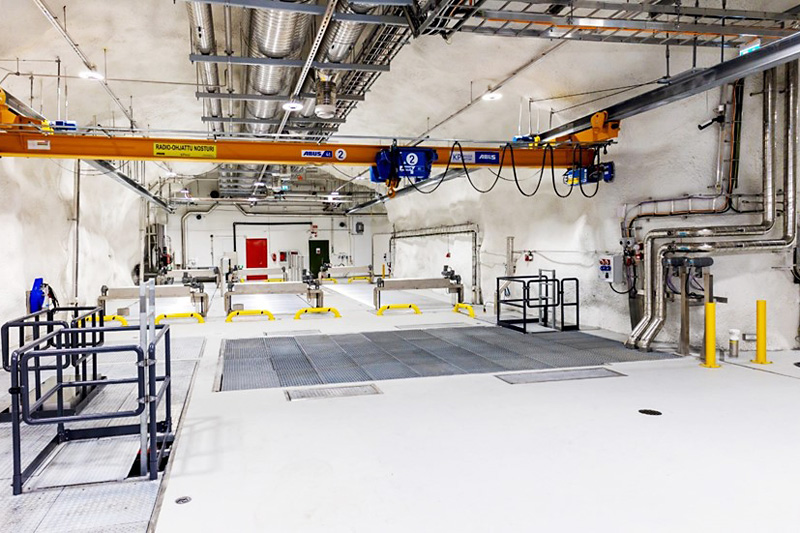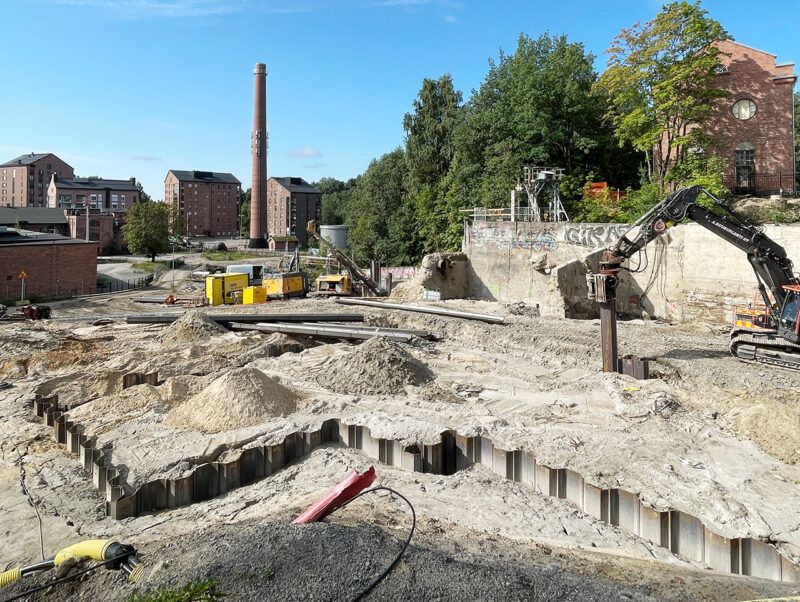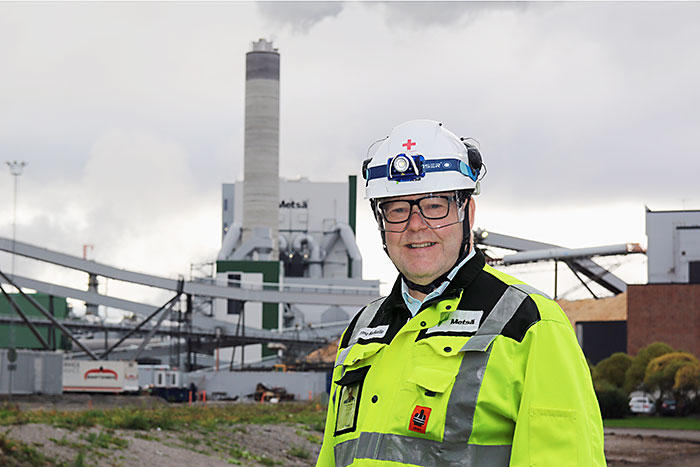Nature positivity gains ground in the energy sector

The energy sector plays a key role in reducing climate emissions, but increasing attention is also being paid to biodiversity – the diversity of nature. A key concept in this development is nature positivity, which was discussed by Silja Valta, Executive Director of World Energy Council Finland, in Fimpec’s Kumppanit podcast.
Silja Valta has a prime vantage point on the energy sector and its changes as the Executive Director of World Energy Council Finland. The World Energy Council (WEC) is a global organization that serves as a neutral discussion and knowledge-sharing platform for the energy sector. WEC has approximately one hundred member countries worldwide. In Finland, its members include companies, educational institutions, and associations.
The energy sector is undergoing significant changes, but Valta wants to highlight one emerging trend that has gained traction particularly in the 2020s: nature positivity. In practice, this means that renewable energy projects strengthen nature more than they degrade it.
“This happens, for example, by applying mitigation measures in wind and solar power construction, meaning a hierarchy of avoidance, minimization, restoration, and compensation to address environmental impacts,” she summarizes.
The energy sector in the spotlight
The pursuit of nature positivity is not limited to the energy sector, nor can one industry alone solve the problem of biodiversity loss. However, Valta believes that the issue is particularly important and timely for the energy industry.
“The energy sector is currently under great public scrutiny, and people are interested in how it impacts biodiversity. At the same time, the sector is making major investments in clean energy, which provide opportunities to positively impact biodiversity.”
She emphasizes that nature positivity is not just talk – concrete actions have already been taken within the energy sector. For example, the industry was the first in Finland to create a biodiversity roadmap, committing to ensuring that by 2035, its overall impact will be net positive.
“Paying attention to this issue is natural because climate change and biodiversity are interconnected. I often use the analogy that they are two sides of the same coin – you cannot solve one without addressing the other.”
“Energy projects are crucial for nature positivity because climate change is one of the biggest drivers of biodiversity loss. Thus, renewable energy projects have a significant impact in mitigating biodiversity decline. Additionally, our member companies have increasingly recognized the business value of considering biodiversity,” Valta observes.
Advancing nature positivity in many ways
One major challenge in promoting nature positivity is the lack of a single metric to measure progress, unlike emissions reductions. However, this has not stopped companies from taking action.
“Energy companies understand the importance of this issue and want to find solutions and act. Many are currently exploring how to offset environmental impacts through ecological compensation. Of course, there is still a long way to go, and as knowledge grows, we better understand what nature positivity means and how to safeguard biodiversity,” Valta explains.
According to her, a key starting point is incorporating environmental considerations from the planning phase and ensuring nature values are integrated throughout a project’s lifecycle. Similarly, construction projects can be directed to areas where natural values are already degraded, avoiding unnecessary deforestation. A common example is placing solar panels on rooftops. Many other concrete solutions have also been identified.
“This summer, I heard about sheep grazing in solar farms, which caught my attention as an animal lover. The sheep help promote local biodiversity by attracting more pollinators while also keeping vegetation trimmed around solar panels, which increases efficiency – a true win-win situation.”
“A great example is also the combination of restoring former peat production areas with solar power development. Offshore wind farms, on the other hand, have tested bird detection systems that identify flight altitude and speed, allowing individual turbines to be stopped when necessary to prevent collisions with birds. I also know of interesting studies exploring how offshore wind turbine structures could support underwater ecosystems. In hydropower, a good example of nature positivity is UPM’s stream water programme, which aims to restore or improve 500 kilometers of waterways by 2030,” Valta lists.
The importance of talking about nature positivity
Valta emphasizes the importance of discussing nature positivity and highlighting corporate efforts. It is crucial that external stakeholders see that the industry is actively working to enhance biodiversity.
“Some companies fear that their actions might be perceived as greenwashing, even when that is not the case. However, biodiversity loss is a shared challenge that we all need to solve together.”
Talking about nature-positive solutions is also important because it allows companies to learn from successful initiatives while avoiding the mistakes of others.
“It is waste of resources if a company invests heavily in a long research process for a project that ultimately fails, but no information about it is shared. Naturally, discussing such failures is more difficult, but if companies remain silent, others may repeat the same mistakes, wasting valuable resources.”
Valta also reminds that being a pioneer is not always easy, but it is crucial to share experiences, solutions, and even failures. This helps disseminate knowledge gained through practical experience.
The Energy Sector in Finland on Its Way to Becoming Nature Positive
Overall, Silja Valta strongly believes that the energy sector is on a path toward nature positivity. In her view, there are no viable alternatives to this development, and Finland is one of the frontrunners in this regard.
“The value of nature positivity is increasingly recognized as part of business operations, and companies are actively exploring ways to achieve it. I see these as excellent foundations for future progress.”
Silja Valta was a guest on the Fimpec Kumppanit podcast with Maiju Aaltonen and Panu Rahikka.
Listen to episode 17 of the Kumppanit podcast: Towards a Nature-Positive Energy Sector. Please note that the podcast is available only in Finnish.


